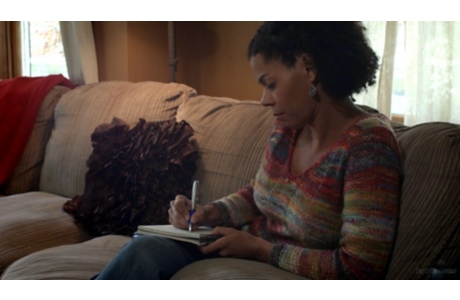PTSD and Panic Attacks
Make an Appointment
Our team is here to help you make an appointment with the specialists that you need.
PTSD and Panic Attacks
Overview
PTSD and Panic Attacks—Topic Overview
Feeling afraid is a common symptom of post-traumatic stress disorder (PTSD).
Having intense fear that comes on suddenly could mean you're having a panic attack. This sudden fear may come without warning or without any obvious reason. Or a panic attack may happen when something reminds you of your trauma.
During a panic attack, you may be afraid of dying or afraid of losing control of yourself. It may seem like things happening around you aren't real. An attack usually lasts from 5 to 20 minutes but may last even longer, up to a few hours. You have the most anxiety about 10 minutes after the attack starts.
You may have physical symptoms, including:
- Chest pain.
- A fast or pounding heartbeat.
- Difficulty breathing.
- Dizziness, shaking, or trembling.
- Stomach pain or nausea.
- Sweating.
- Chills or hot flashes.
- Feeling like you're choking.
If you've had more than one panic attack, or if you feel worried about the next time a panic attack will happen, then you may have panic disorder. Worrying about future panic attacks can cause stress and interfere with your life. You may try to avoid things that bring back memories of your traumatic event.
Getting treatment
Talk to your doctor or health professional if you've had panic attacks or if you think you may have panic disorder. You will work together to find the best way to treat the panic attacks and PTSD. Cognitive-behavioral therapy or medicine may help you have less fear. This can be used to treat both panic attacks and PTSD.
In cognitive-behavioral therapy, you learn relaxation techniques that can help you cope with the physical symptoms of panic attacks. This therapy helps you understand how your thoughts and your reaction to your memories cause you to feel stress. You may do "exposure" exercises in which you focus on stressful memories until you can overcome your fearful reaction.
Antidepressants and other medicines also are used to treat panic disorder.
For more information, see the topics Post-Traumatic Stress Disorder and Panic Attacks and Panic Disorder.
Credits
Current as of: July 31, 2024
Author: Ignite Healthwise, LLC Staff
Clinical Review Board
All Healthwise education is reviewed by a team that includes physicians, nurses, advanced practitioners, registered dieticians, and other healthcare professionals.
Current as of: July 31, 2024
Author: Ignite Healthwise, LLC Staff
Clinical Review Board
All Healthwise education is reviewed by a team that includes physicians, nurses, advanced practitioners, registered dieticians, and other healthcare professionals.
This information does not replace the advice of a doctor. Ignite Healthwise, LLC, disclaims any warranty or liability for your use of this information. Your use of this information means that you agree to the Terms of Use. Learn how we develop our content.
To learn more about Ignite Healthwise, LLC, visit webmdignite.com.
© 2024-2025 Ignite Healthwise, LLC.
This information does not replace the advice of a doctor. Ignite Healthwise, LLC, disclaims any warranty or liability for your use of this information. Your use of this information means that you agree to the Terms of Use. Learn how we develop our content.




